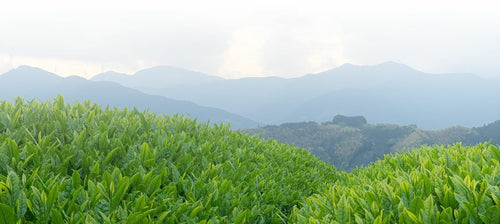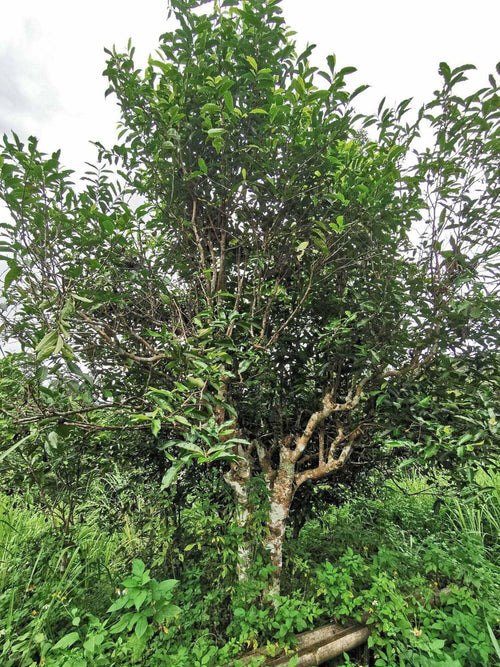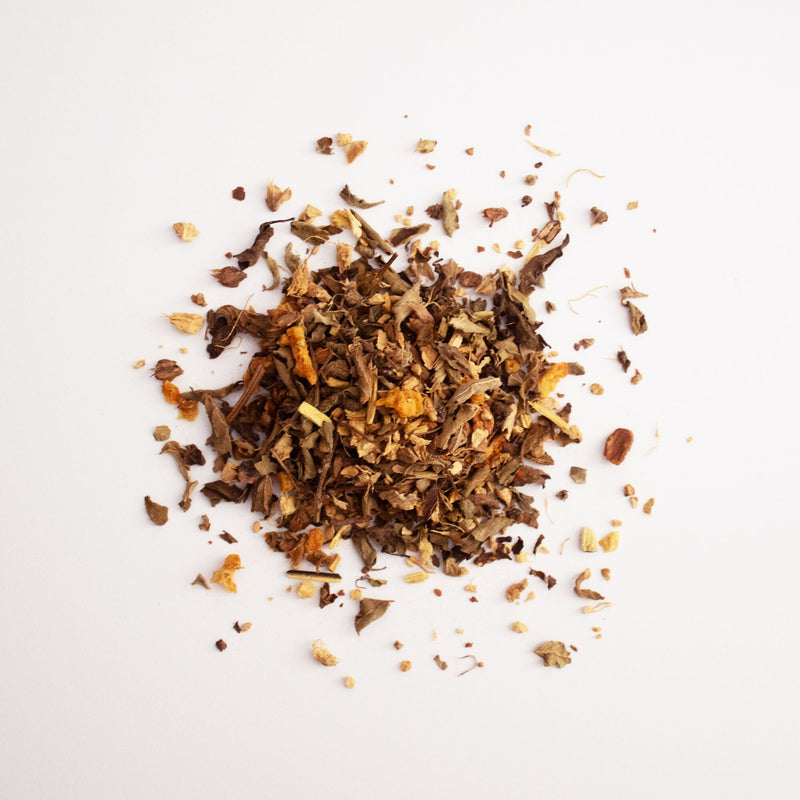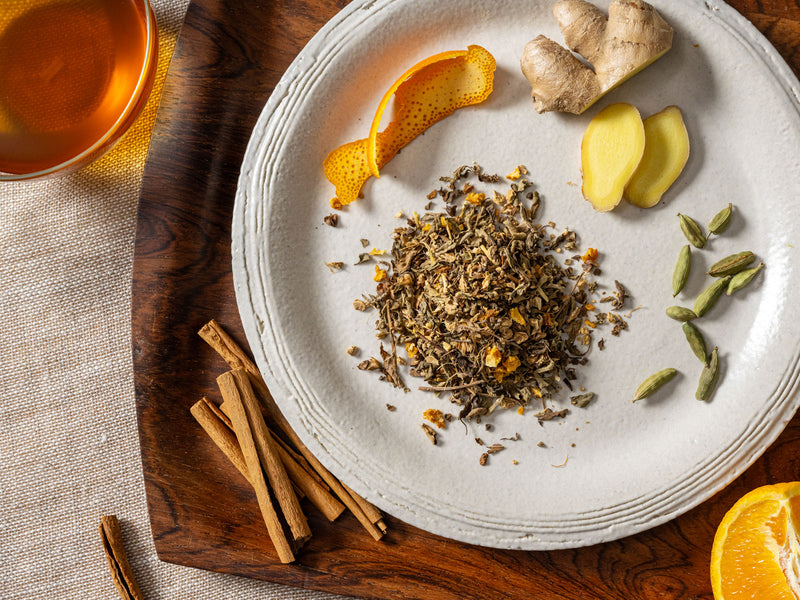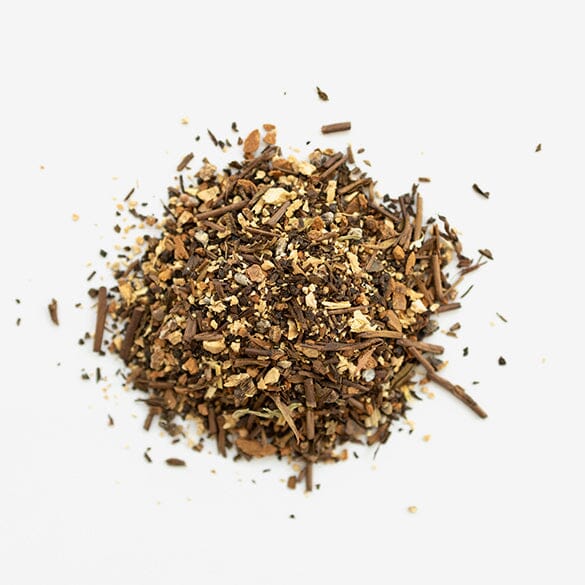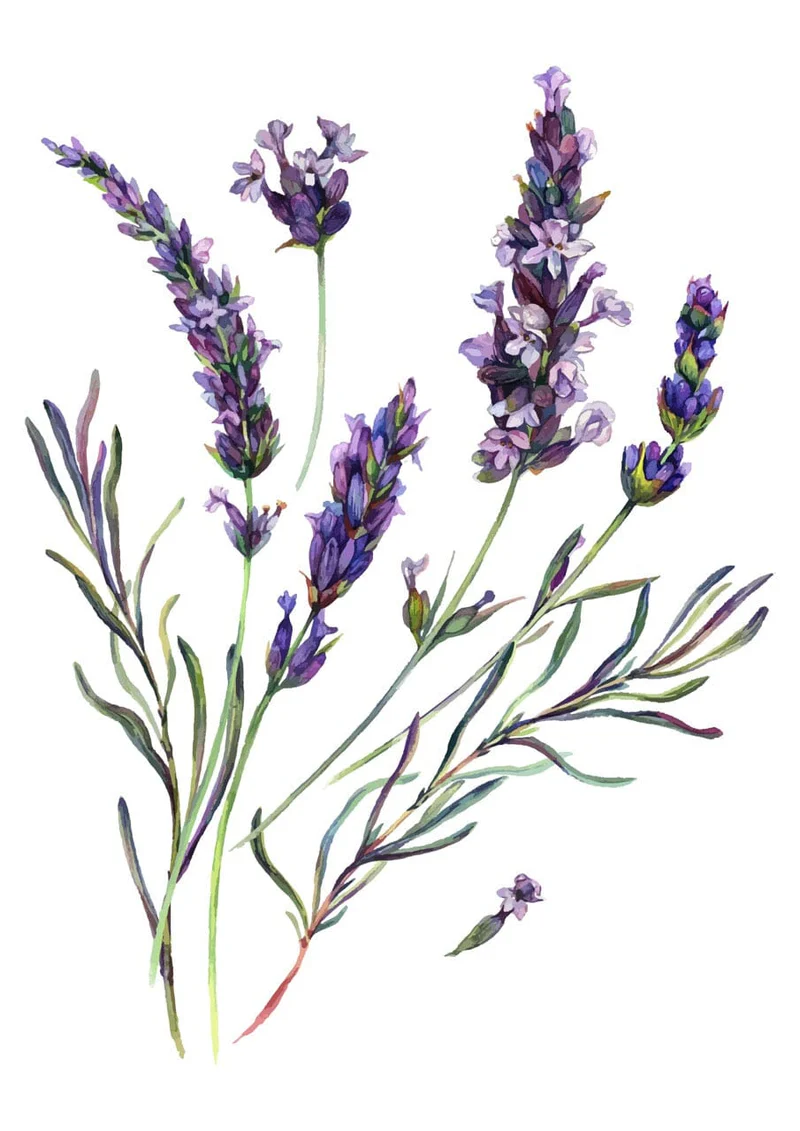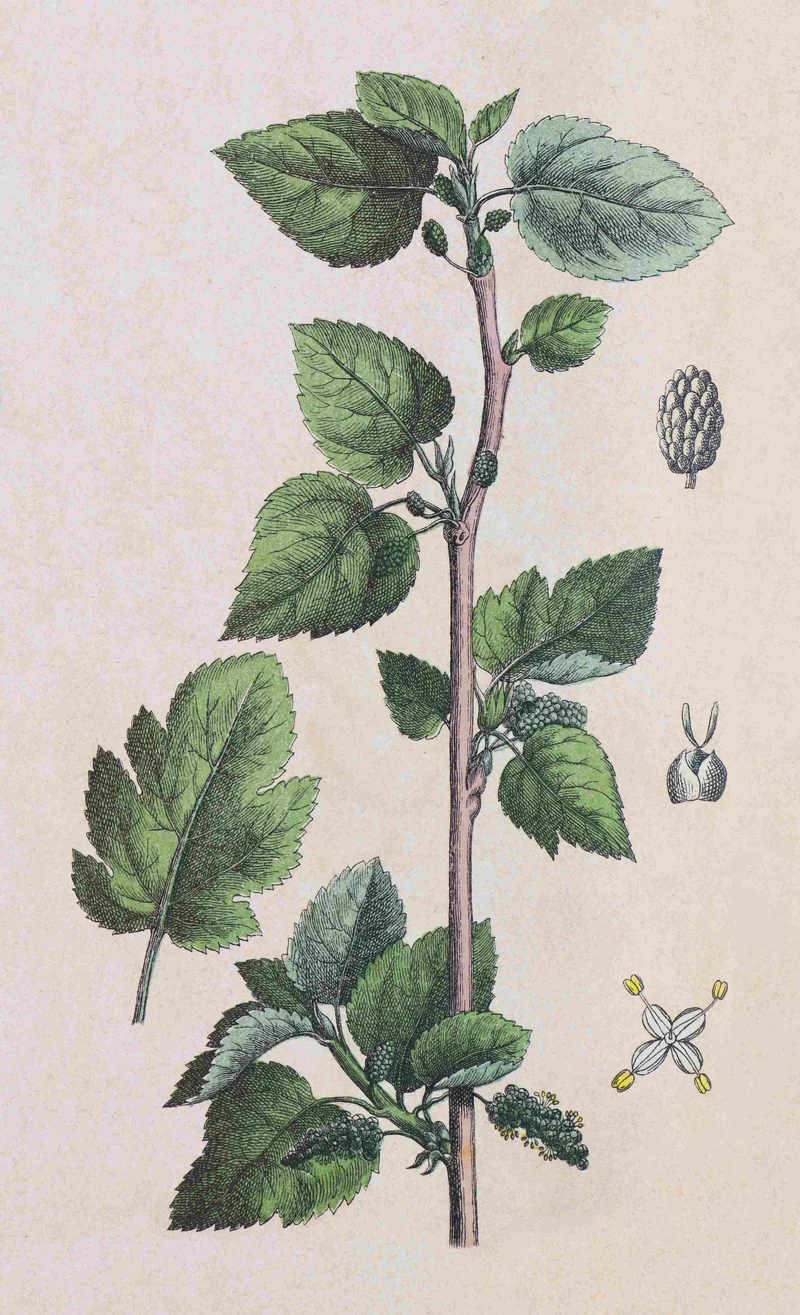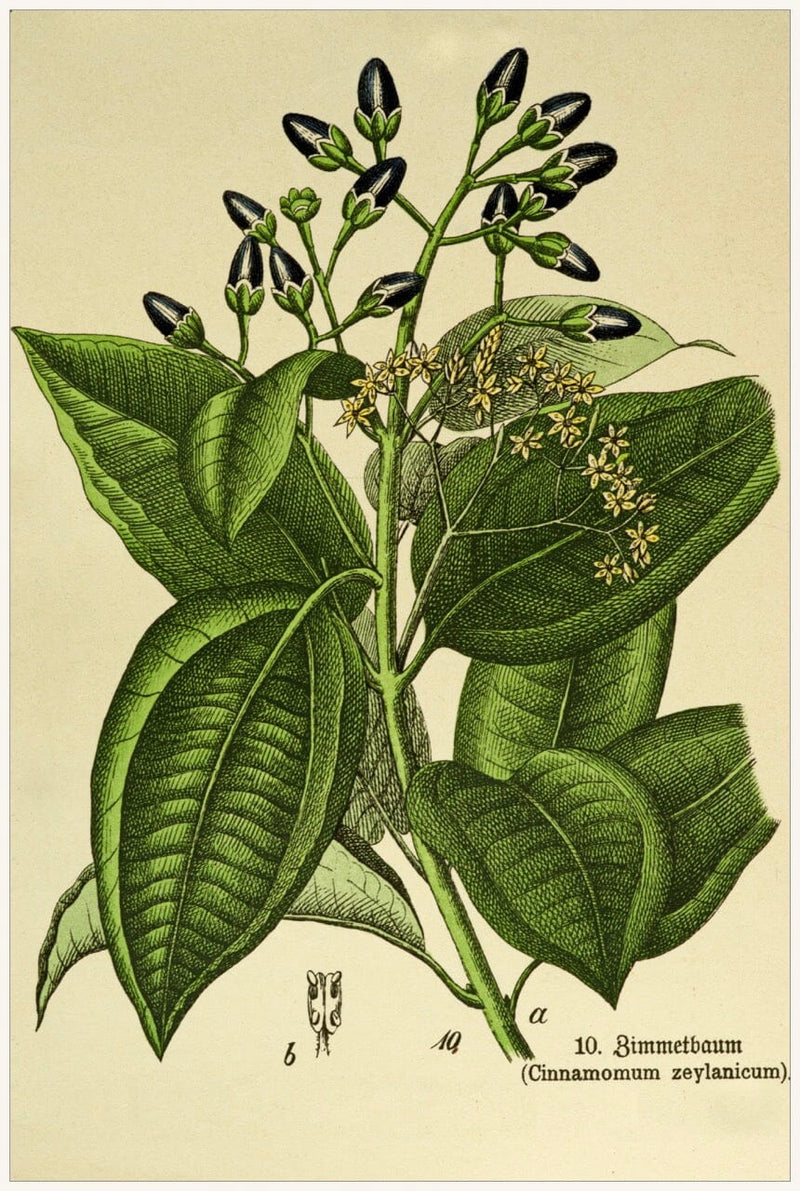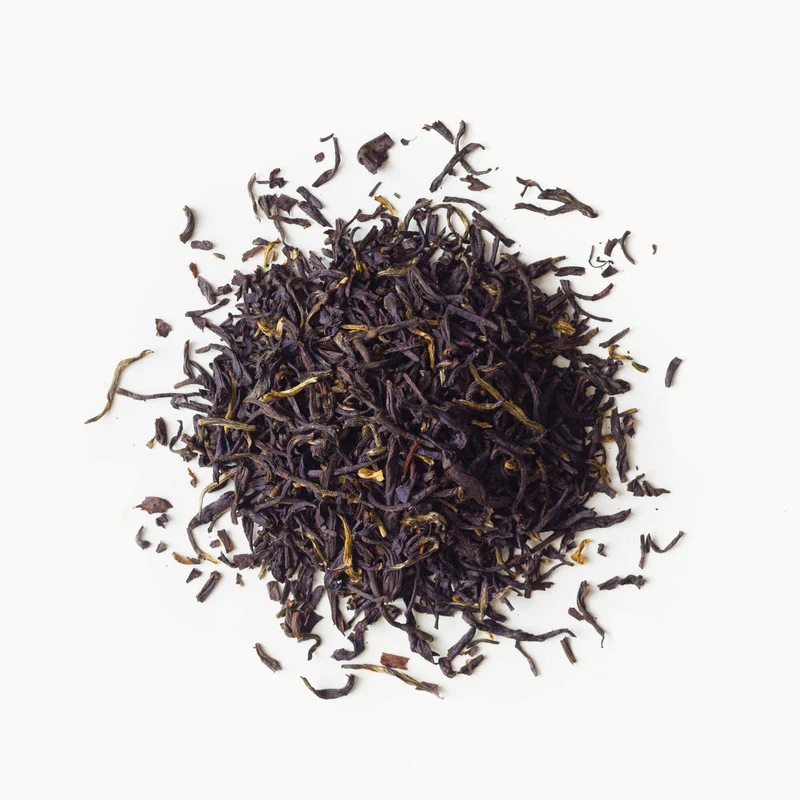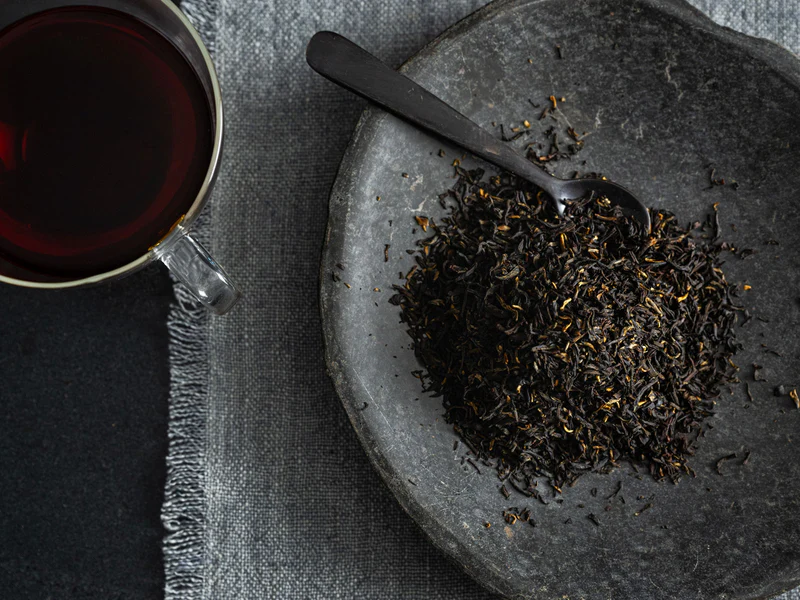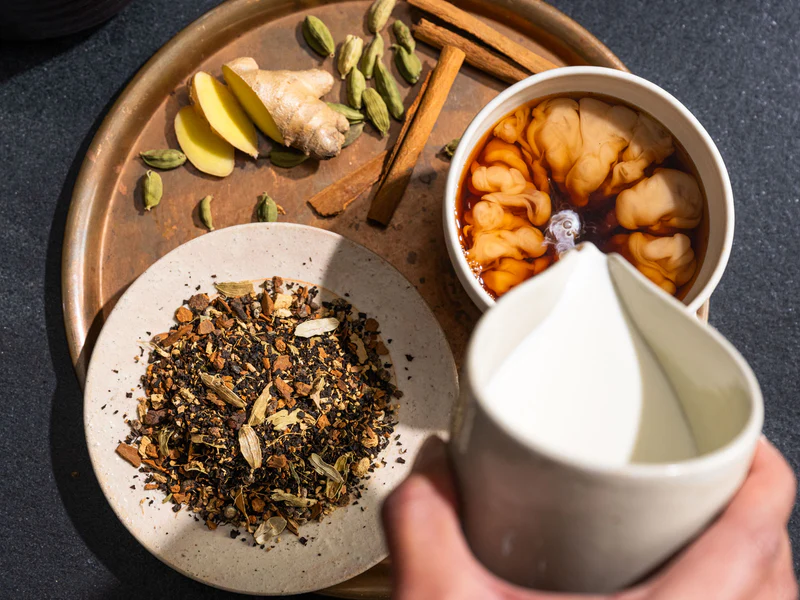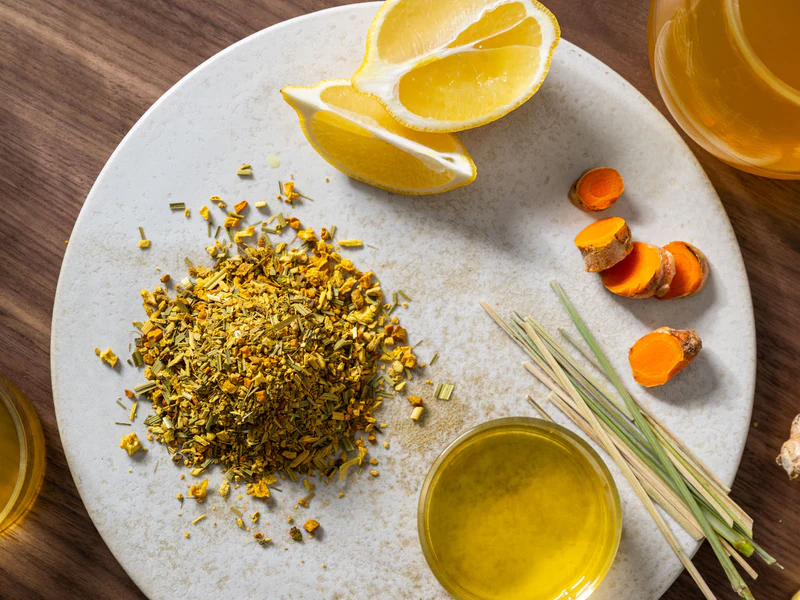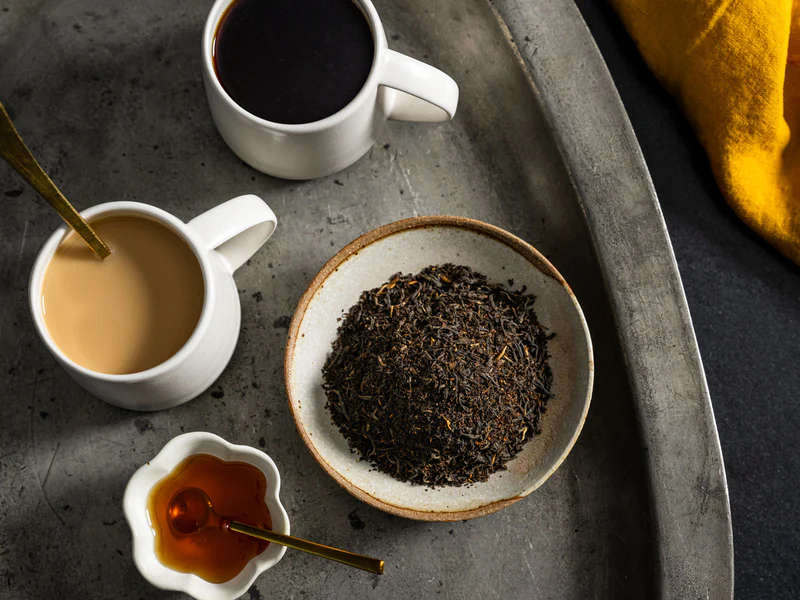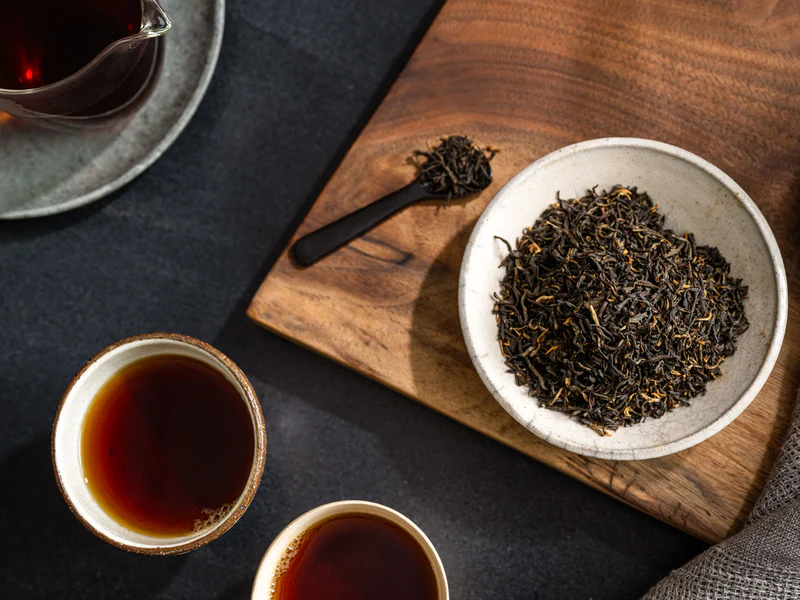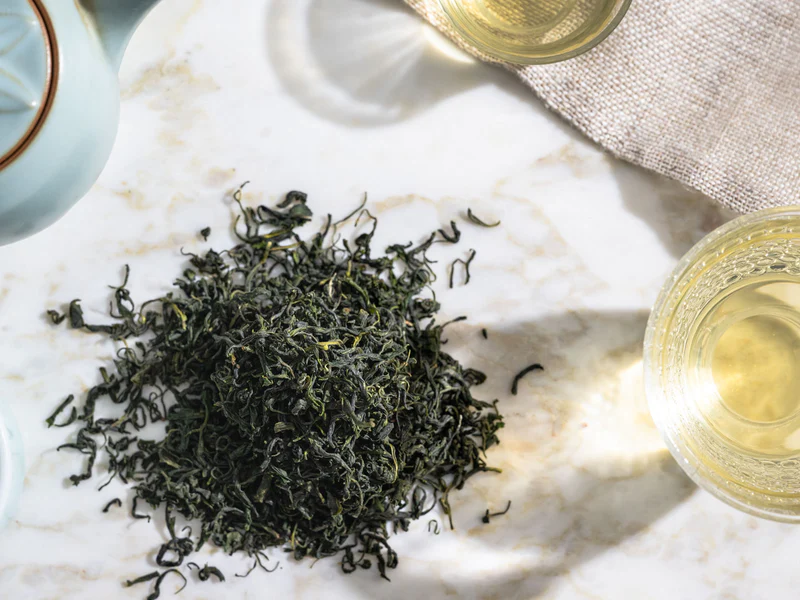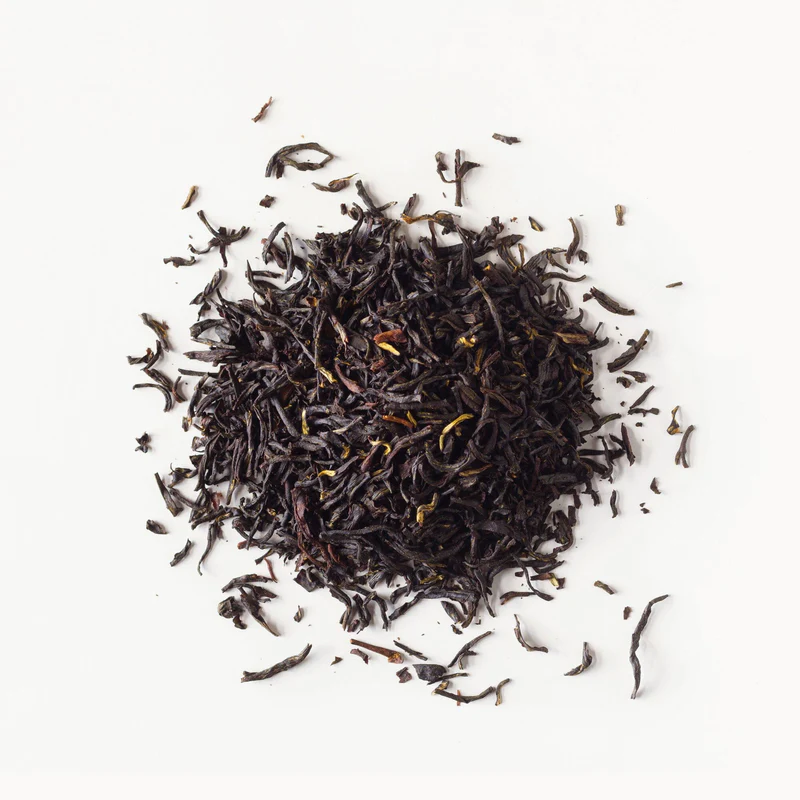Ceylon Cinnamon and Vietnamese Cassia are two popular spices that are often used interchangeably due to their similar appearance. However, they have distinct differences in taste, aroma, and composition.
Ceylon Cinnamon, also known as "true cinnamon," is derived from the inner bark of the Cinnamomum verum tree, native to Sri Lanka (formerly known as Ceylon). It is considered to be of higher quality and is prized for its delicate flavor and aroma. Ceylon Cinnamon has a sweet, subtle taste with citrusy undertones, and its aroma is fragrant, floral, and mildly spicy. The bark of Ceylon Cinnamon is thin and brittle, easily crumbled into a powder.


On the other hand, Vietnamese Cassia comes from the bark of the Cinnamomum cassia tree, primarily grown in Vietnam and other parts of Southeast Asia. It is often referred to as "Saigon cinnamon" or "Vietnamese cinnamon." Vietnamese Cassia has a bolder, stronger flavor compared to Ceylon Cinnamon. It is characterized by a pronounced spiciness with a slight bitterness.
The aroma of Vietnamese Cassia is robust, woody, and pungent. The bark of Vietnamese Cassia is thicker and harder than that of Ceylon Cinnamon, making it more challenging to grind into a powder.
Aside from their taste and aroma, the composition of these two spices also differs. Ceylon Cinnamon contains lower levels of coumarin, a natural compound found in cinnamon that can be harmful in large quantities. Vietnamese Cassia, on the other hand, contains higher levels of coumarin. Therefore, Ceylon Cinnamon is often preferred by those who consume cinnamon in larger quantities or have sensitivity to coumarin.
In culinary applications, Ceylon Cinnamon is often used in delicate dishes, desserts, and beverages where a mild, nuanced flavor is desired.


It pairs well with fruits, vanilla, and lighter spices. Vietnamese Cassia, with its bold and spicy profile, is commonly used in savory dishes, curries, and baked goods that require a stronger cinnamon flavor.
